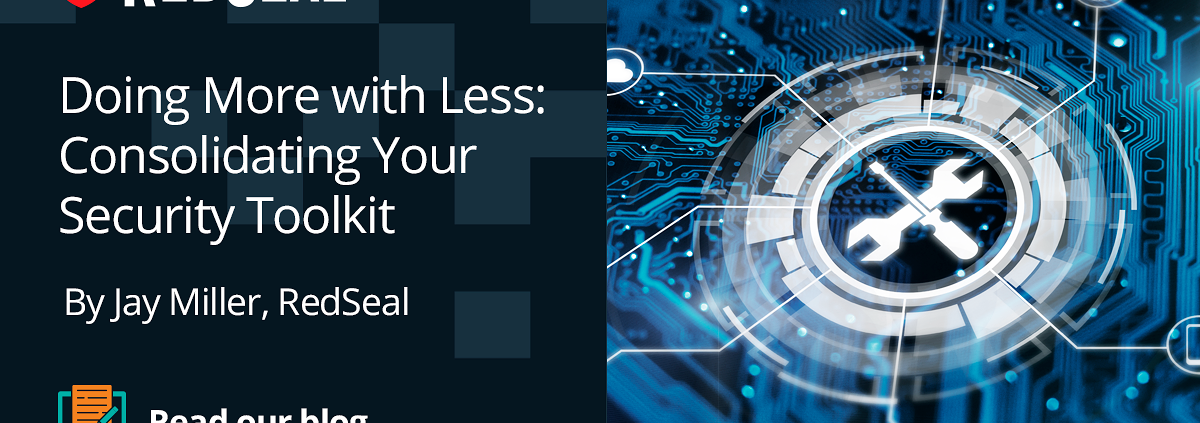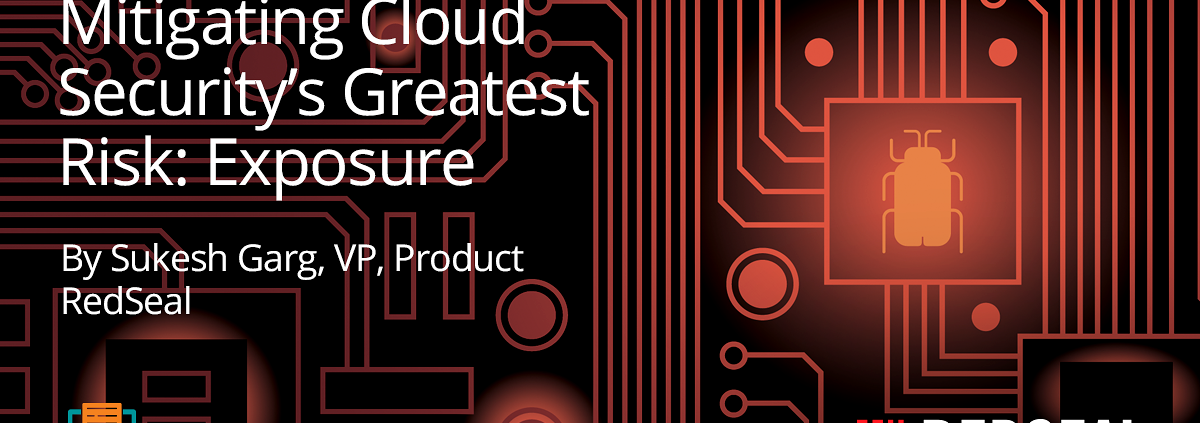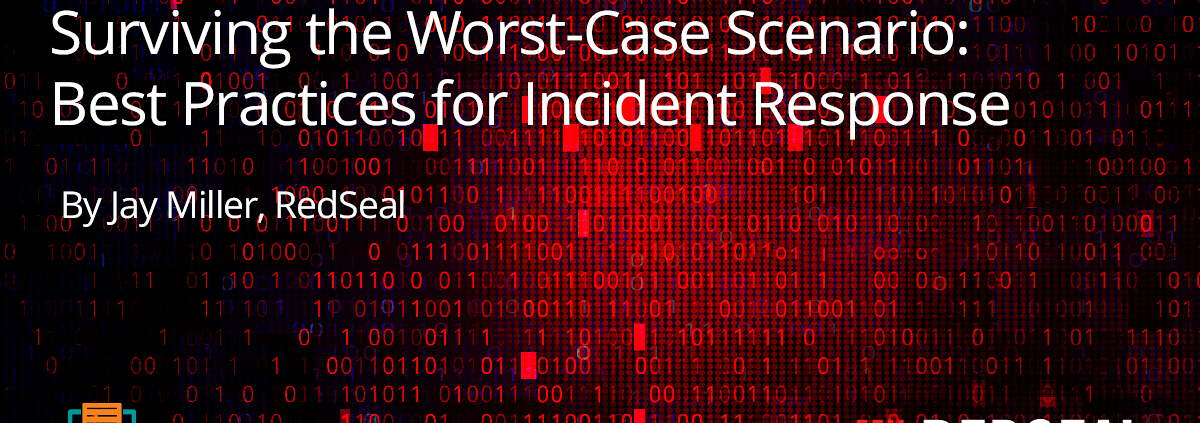Doing More with Less: Consolidating Your Security Toolkit
Cyber threats are fast-evolving, and organizations must stay vigilant at all times to protect their business-critical information from prying eyes. One oversight or outdated control could expose your network to different types of cyberattacks, leading to costly breaches.
Information security has become even more challenging in the past year as organizations had to shift their IT budget to tackle the sudden changes brought on by the COVID-19 pandemic. As the dust settles, many security teams are left with a smaller cybersecurity budget. The constraints are affecting staffing decisions and technology adoption. Today, many IT departments are stretched thin, making it even harder to be proactive about their security measures. However, organizations can consolidate their security toolkits and conserve funds while weathering the storm.
The Problem: Tight Budgets, Reduced Staffing, Increased Threats
To cope with new business demands, many organizations had to restructure their IT budgets, leaving less funding and fewer team members. Meanwhile, the number of cyberattacks has increased significantly since the pandemic. Many organizations had to respond quickly to support remote working, leaving security gaps and vulnerabilities in their networks. Additionally, the proliferation of devices used by remote workers increases the attack surface dramatically while making it even harder for security teams to gain a holistic view of their environments.
Furthermore, the fast pace of digital transformation has accelerated cloud adoption. Yet, cloud security is complex and distributed. There’s an exponential growth in misconfigurations of cloud security settings, which leave sensitive data and resources unintentionally exposed to the public internet.
To plug security holes quickly, companies cobbled together multiple point solutions. While this approach may seem reasonable in a pinch, security teams soon realized they have to piece together data from various sources to analyze threats and parse through duplicate alerts to get to the bottom of an issue. Using multiple security tools is time-consuming and labor-intensive and drastically increases response time.
This heavy reliance on digital assets and processes, along with the complexity of cybersecurity and the distributed nature of cloud computing, has created the perfect storm where threat actors can exploit various vulnerabilities to attack organizations and steal their data.
How Organizations Can Weather the Cybersecurity Storm
Companies are under constant pressure to do more with less when it comes to cybersecurity. But piling on more point solutions will only add inefficiency to already overwhelmed IT resources.
To improve performance on a tight budget, you must direct resources to focus on the interaction between technologies, systems, and processes. You can achieve this most effectively by consolidating your existing security tools into a single pane of glass solution, which gives you a holistic view of your environment.
The Benefits of Consolidating Your Security Toolkit
From saving money to improving your security, here are the advantages of consolidating your cybersecurity tools:
- Reduce vulnerability. Each security system that connects to your network is a potential vulnerability. Using different tools can actually increase your attack surface and make your IT infrastructure less secure.
- Lower total cost of ownership. The cost of point solutions can add up quickly. By using fewer tools, you can spend less on these products while saving on training, management, and maintenance.
- Increase IT productivity. Point solutions often have overlapping functionalities and generate duplicate alerts. IT teams have to spend extra time sorting through all the information before taking action.
- Reduce resource needs. A consolidated toolkit requires fewer resources to operate and monitor. The streamlined workflows also help free up IT resources to respond to critical issues.
- Shorten response time. A single pane of glass view helps minimize duplicate or missed alerts, allowing security teams to identify issues and respond more quickly.
- Improve cost-efficiency. Consolidation and automation simplify IT management so you can perform system backup, maintenance, monitoring, and other essential functions more efficiently.
- Eliminate silos. Tool sprawl can create silos between teams. A consolidated toolkit helps you improve visibility, enhance collaboration, and gain a holistic understanding of your entire IT infrastructure.
How to Consolidate Your Security Toolkit
Start by designing a strategy, conducting a risk assessment, and performing a gap analysis to identify what you need in a consolidated security solution. Apply security frameworks (e.g., NIST-800 and ISO 27001) and refer to compliance standards (e.g., HIPAA, PCI-DSS, DFARS) to determine your cybersecurity requirements.
Then, take stock of all the features you’re using in the current point solutions. Your consolidated toolkit should cover these functionalities without compromising the ability to safeguard your networks, systems, applications, data, and devices.
Use a solution provider that understands your strategy and can help you design a solution that integrates with your existing infrastructure to reduce friction during implementation and migration. Your partner should also help you address the human change elements during the adoption process by providing training guides and ongoing support.
Strengthen Your Cybersecurity Posture Through Consolidation
There are many benefits to consolidating your security toolkit, including better security, improved IT productivity, and higher cost-efficiency. But not all security solutions are created equal.
To cover all your bases, choose a consolidated solution that addresses these critical aspects:
- Cloud security. Your toolkit should allow you to visualize all your environments, including public cloud, private cloud, and on-premise servers, all in one place.
- Incident response. Your solution should help you detect network incidents, facilitate investigations, and offer containment options to minimize loss.
- Compliance monitoring and reporting. Your security tool should automate monitoring and document any changes you implement to help streamline security audits and compliance reporting.
- Remote workforce support. Your vendor should ensure that your networks and cloud platforms have the appropriate security configurations to ensure secure remote access.
- Vulnerability management. Your tool should visualize all network assets, so you can understand the context and focus resources on mitigating risks that are of the highest priority.
RedSeal offers comprehensive cybersecurity solutions in today’s business environment where cyber complexity and threats are rapidly escalating. Global 2000 corporations and government agencies trust us to help them secure their networks and assets.
Watch our demo to see how we can help you get all your cybersecurity needs covered.





